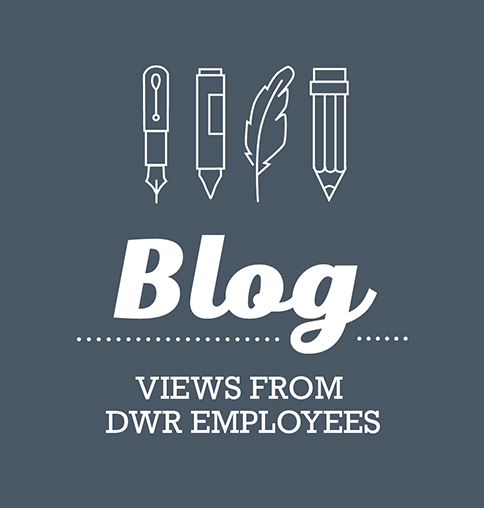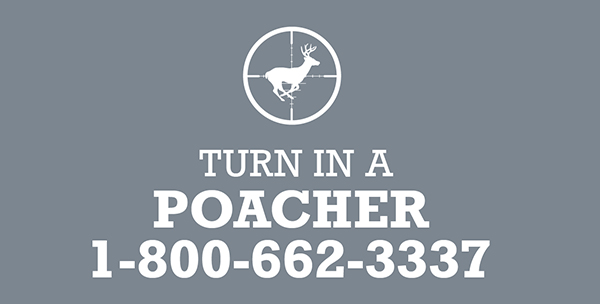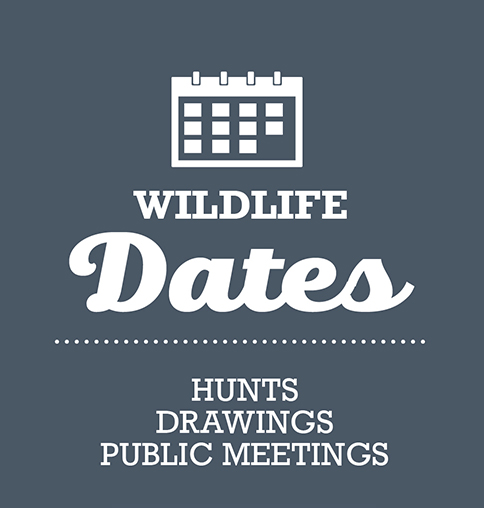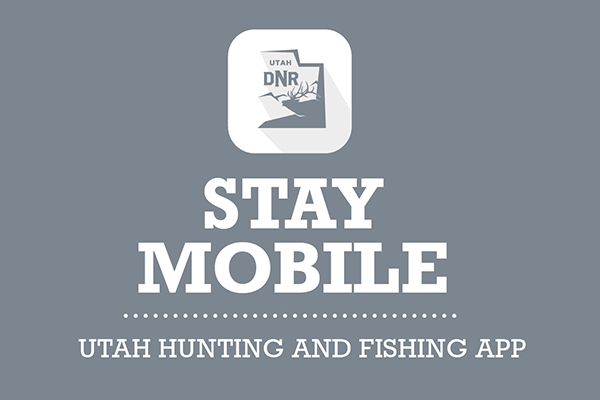≡
Brine shrimp harvests
An overview of harvests in the Great Salt Lake, past and present
The brine shrimp harvest industry in the Great Salt Lake has been valued at $10 to $60 million, depending on the quality and quantity of brine shrimp cysts harvested. Just as brine shrimp are dependent upon the lake's functioning environment for survival, so are the harvest companies as well. As of 2025, 21 companies are now harvesting brine shrimp in the North and South Arms of the lake.
Commercial harvesting of brine shrimp from the Great Salt Lake began in 1950. Today, the terms and conditions for harvesting are established by a DWR Administrative Rule:
Administrative Rule R657-52: Commercial harvesting of brine shrimp and brine shrimp eggs, including the permitting of harvesting companies.
As stated in the rule, companies wishing to harvest shrimp in the Great Salt Lake must purchase a Certificate of Registration (COR) annually. Seventy-nine Certificates of Registration are available to purchase each year.
The Utah Division of Wildlife Resources regulates the harvest and ensures a viable shrimp population by allowing a sufficient number of cysts to repopulate the lake each spring. The estimated minimum cyst number is currently 21 cysts per liter at the end of each harvest season.
Harvest procedure
Over time, winds and wave action will pile brine shrimp cysts on beaches. The original harvest method was to rake, shovel, bag and then transport cyst piles by ATVs to waiting trucks or boats. This method still accounts for a large proportion of the total product taken from the Great Salt Lake.
Another harvest method is to use large floating mats to accumulate cysts in the water. These mats are referred to as "streaks" or "slicks," and some are large enough to be seen from space.
To find a suitable area to harvest, a spotter airplane will fly over the lake, identifying the streaks that are full of cysts and recording their coordinates. The pilot will then radio the coordinates to the harvester boats, which will quickly move to the streaks and then display bright orange-lettered or numbered buoys to claim an area.
Harvesters will then encircle the streak by deploying a floating containment device very similar to an oil containment boom. The cysts within the streak are then condensed into very small hoops, and vacuum pumps pump the cysts into 2,000-pound capacity mesh bags that rest on the deck of the harvester boat.
The contents of these bags are called "raw product," and they must be washed in order to remove any broken shells, feathers or other debris. Additional processing of cysts prior to selling them on the marketplace involves a period of cold storage, washing them with freshwater to remove salt and other debris, drying them and vacuum sealing them in various containers. Once they are fully processed, they are graded based on their hatch rates and sold at different prices based on their grade quality.
As the brine shrimp industry has expanded, technology has as well. Advances in communication, Global Positioning Systems, night vision and spotter airplanes, as well as 20-hour or longer harvest days, have increased the efficiency of the harvest by at least four times. In other words, companies today are able to collect four times the weight of cysts compared to when they started in 1950.
Harvest seasons usually begin in October and end in January, as mandated in the DWR Administrative Rule. The DWR conducts regular sampling runs in the Great Salt Lake during each harvest season to monitor the brine shrimp population, and compiles reports of the commercial harvest totals.
Historical harvest totals: View annual totals of brine shrimp harvest totals dating back to the 1985–86 season.
Here is a summary of the most recent harvest season:
2024–25 harvest season
Sampling data
Sorted by brine shrimp sex and life stage. Values are per liter of lake water. (See previous seasons.)
| Date | Cysts | Nauplii | Juveniles | Males | Total Females |
Females | Females with Eggs/Naups |
Females with Cysts |
||
|---|---|---|---|---|---|---|---|---|---|---|
| Jan. 29 | 19.06 | 0.00 | 0.00 | 0.00 | 0.00 | 0.00 | 0.00 | 0.00 | ||
|
The 2024–25 brine shrimp harvest season will officially close on Jan. 31, 2025 at 5:43 p.m. MST (official sunset) in both the North and South Arms (lake and shore) pursuant to Rule R657-52-12. Harvest may continue on the salt ponds, but must still be reported to the DWR in the same manner as during the regular season. Please remember to remove all debris and trash from the shore and lake resulting from harvesting activity. |
||||||||||
| Jan. 23 | 23.98 | 0.00 | 0.00 | 0.00 | 0.00 | 0.00 | 0.00 | 0.00 | ||
|
The 2024–25 brine shrimp harvest season will officially close on Jan. 31, 2025 at 5:43 p.m. MST (official sunset) in both the North and South Arms (lake and shore) pursuant to Rule R657-52-12. Harvest may continue on the salt ponds, but must still be reported to the DWR in the same manner as during the regular season. Please remember to remove all debris and trash from the shore and lake resulting from harvesting activity. |
||||||||||
| Jan. 14 | 27.10 | 0.00 | 0.00 | 0.00 | 0.00 | 0.00 | 0.00 | 0.00 | ||
| Jan. 8 | 78.46 | 0.00 | 0.00 | 0.00 | 0.00 | 0.00 | 0.00 | 0.00 | ||
| Jan. 2 | 37.50 | 0.00 | 0.00 | 0.00 | 0.00 | 0.00 | 0.00 | 0.00 | ||
| Dec. 18 | 49.35 | 0.07 | 0.01 | 0.09 | 0.11 | 0.04 | 0.01 | 0.05 | ||
| Dec. 10 | 114.80 | 0.14 | 0.01 | 0.09 | 0.11 | 0.03 | 0.01 | 0.06 | ||
| Dec. 2 | 55.93 | 0.25 | 0.05 | 0.15 | 0.19 | 0.06 | 0.02 | 0.11 | ||
| Nov. 21 | 110.28 | 0.45 | 0.09 | 0.25 | 0.23 | 0.06 | 0.04 | 0.13 | ||
| Nov. 8 | 64.25 | 0.34 | 0.06 | 0.59 | 0.54 | 0.11 | 0.14 | 0.29 | ||
| Oct. 21 | 65.50 | 0.14 | 0.01 | 0.79 | 0.62 | 0.23 | 0.08 | 0.31 | ||
| Oct. 15 | 50.68 | 0.15 | 0.08 | 0.71 | 0.72 | 0.27 | 0.14 | 0.31 | ||
| Oct. 7 | 64.43 | 0.80 | 0.12 | 0.69 | 0.74 | 0.30 | 0.07 | 0.37 | ||
| Oct. 1 | 138.64 | 1.38 | 0.31 | 1.17 | 1.20 | 0.54 | 0.12 | 0.54 | ||
| Sep. 23 | 108.32 | 6.91 | 0.80 | 1.70 | 1.80 | 0.98 | 0.18 | 0.64 | ||
|
The harvest season will begin at noon on Tuesday, October 1, 2024. |
||||||||||
| Sep. 18 | 90.12 | 11.64 | 2.81 | 1.46 | 1.56 | 0.77 | 0.20 | 0.59 | ||
Harvest totals
Values are in pounds. (See previous seasons.)
| Date | Lake | Shore | Salt Ponds | Total | ||||||||||||||||||||||||
|---|---|---|---|---|---|---|---|---|---|---|---|---|---|---|---|---|---|---|---|---|---|---|---|---|---|---|---|---|
| Jan. 29 | 15,778,718 | 13,973,254 | 268,772 | 30,020,744 | ||||||||||||||||||||||||
|
The 2024–25 brine shrimp harvest season will officially close on Jan. 31, 2025 at 5:43 p.m. MST (official sunset) in both the North and South Arms (lake and shore) pursuant to Rule R657-52-12. Harvest may continue on the salt ponds, but must still be reported to the DWR in the same manner as during the regular season. Please remember to remove all debris and trash from the shore and lake resulting from harvesting activity. |
||||||||||||||||||||||||||||
| Jan. 26 | 15,645,333 | 13,942,020 | 266,203 | 29,853,556 | ||||||||||||||||||||||||
|
The 2024–25 brine shrimp harvest season will officially close on Jan. 31, 2025 at 5:43 p.m. MST (official sunset) in both the North and South Arms (lake and shore) pursuant to Rule R657-52-12. Harvest may continue on the salt ponds, but must still be reported to the DWR in the same manner as during the regular season. Please remember to remove all debris and trash from the shore and lake resulting from harvesting activity. |
||||||||||||||||||||||||||||
| Jan. 15 | 15,168,136 | 13,788,198 | 243,950 | 29,200,284 | ||||||||||||||||||||||||
| Jan. 9 | 15,011,044 | 13,554,545 | 236,901 | 28,802,490 | ||||||||||||||||||||||||
| Jan. 6 | 15,010,250 | 13,521,624 | 225,246 | 28,757,120 | ||||||||||||||||||||||||
| Dec. 22 | 13,978,830 | 13,193,488 | 205,488 | 27,377,806 | ||||||||||||||||||||||||
| Dec. 11 | 11,910,535 | 12,436,310 | 205,488 | 24,552,333 | ||||||||||||||||||||||||
| Dec. 4 | 9,758,025 | 11,930,626 | 203,128 | 21,891,779 | ||||||||||||||||||||||||
| Nov. 28 | ||||||||||||||||||||||||||||
|
Errors were discovered in the cumulative shore harvest reported for the harvest date of Nov. 28. The corrected values from Nov. 27–Dec. 1 are given below, in pounds:
|
||||||||||||||||||||||||||||
| Nov. 25 | 6,708,068 | 11,409,682 | 178,352 | 18,296,102 | ||||||||||||||||||||||||
| Nov. 12 | 3,716,348 | 10,485,242 | 105,392 | 14,306,982 | ||||||||||||||||||||||||
| Oct. 22 | 1,262,428 | 7,670,205 | 18,104 | 8,950,737 | ||||||||||||||||||||||||
| Oct. 16 | 806,847 | 6,410,500 | 0 | 7,217,347 | ||||||||||||||||||||||||
| Oct. 8 | 444,309 | 3,475,202 | 0 | 3,919,511 | ||||||||||||||||||||||||
| Oct. 3 | 190,580 | 1,358,560 | 0 | 1,549,140 | ||||||||||||||||||||||||
Want to learn more? Listen to the DWR "Wild" podcast!
DWR Great Salt Lake Ecosystem Program Manager John Luft and DWR Conservation Officer Trevor Doman talk about the multi-million dollar industry on the Great Salt Lake that many people may not even be aware exists and how the DWR helps manage this unique resource.









